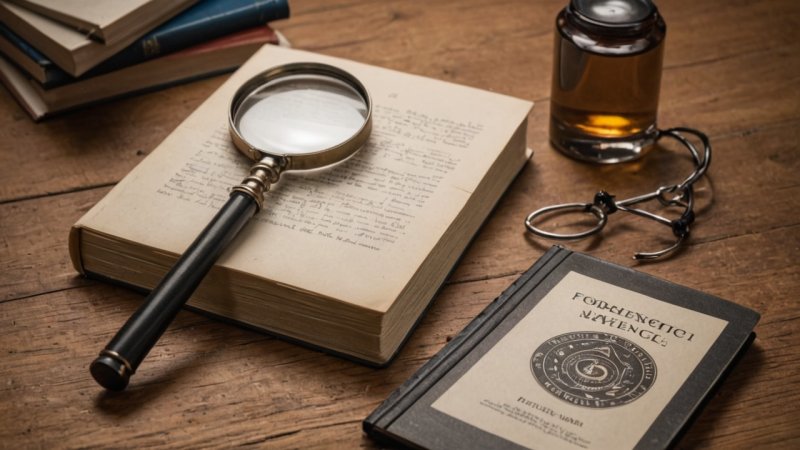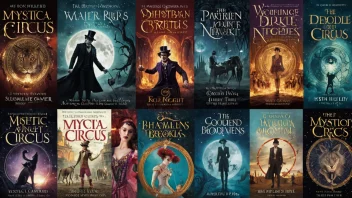Introduction
In the world of mystery novels, forensic science plays a crucial role in unraveling complex plots and solving crimes. This article will guide you through the essential aspects of how forensic science is integrated into modern mystery literature, enhancing the storytelling and adding layers of realism. Whether you are a writer looking to incorporate forensic elements into your work or a reader interested in understanding how these details contribute to the narrative, this guide will provide you with valuable insights.
Step 1: Understanding the Basics of Forensic Science
Before diving into how forensic science is used in mystery novels, it's important to have a foundational understanding of what forensic science entails. Forensic science involves the application of scientific methods and techniques to solve crimes. This can include:
- Crime Scene Investigation: The process of collecting evidence from the scene of a crime.
- Forensic Biology: The analysis of biological evidence, such as DNA and bodily fluids.
- Forensic Chemistry: The examination of chemical substances, including drugs and toxins.
- Forensic Anthropology: The study of human skeletal remains to determine identity and cause of death.
Understanding these basics will help you appreciate how these elements are woven into the narratives of mystery novels.
Step 2: Researching Forensic Techniques
For authors, accuracy is key when incorporating forensic science into their stories. Conduct thorough research on various forensic techniques used in crime investigations. Here are some effective ways to research:
- Read Non-Fiction Books: Look for books written by forensic experts that explain different techniques and case studies.
- Watch Documentaries: Visual media can provide insights into real-life forensic investigations.
- Attend Workshops: Many organizations offer workshops or seminars on forensic science that can deepen your understanding.
By becoming knowledgeable about forensic methods, you can create authentic scenarios in your mystery writing.
Step 3: Analyzing Popular Mystery Novels
To see how forensic science is effectively integrated into storytelling, analyze popular mystery novels that feature forensic elements. Consider the following:
- Examples: Novels like “The Cuckoo's Calling” by Robert Galbraith and “The Silent Patient” by Alex Michaelides.
- Character Development: Observe how forensic experts are portrayed and how they contribute to solving the mystery.
- Plot Development: Examine how forensic evidence drives the plot forward and leads to revelations.
By studying these elements, you can identify effective strategies for incorporating forensic science into your own writing.
Step 4: Creating Realistic Forensic Characters
Characters who work in forensic science can add depth and credibility to your mystery novel. Here are some tips for creating these characters:
- Background and Education: Consider their educational background and training in forensic science.
- Personality Traits: Think about the traits that make them effective in their field, such as attention to detail, analytical thinking, and a strong sense of justice.
- Personal Stakes: Give them personal motivations or challenges that add complexity to their character arc.
These elements will help you craft well-rounded forensic characters that resonate with readers.
Step 5: Weaving Forensic Science into the Plot
Integrating forensic science into your plot can enhance tension and intrigue. Consider the following approaches:
- Clues and Evidence: Use forensic evidence as key clues that lead the protagonist to solve the mystery.
- Misleading Evidence: Incorporate red herrings or false leads that create twists and turns in the story.
- Collaboration with Law Enforcement: Show how forensic scientists work alongside detectives and law enforcement to unravel the case.
This approach not only adds realism but also keeps readers engaged as they follow the investigation.
Conclusion
Incorporating forensic science into modern mystery novels can greatly enhance the story's authenticity and depth. By understanding the fundamentals of forensic science, researching techniques, analyzing existing literature, and creating compelling forensic characters, authors can craft captivating mysteries that resonate with readers. Remember to keep your plots dynamic and incorporate forensic elements seamlessly, allowing readers to immerse themselves in the thrilling world of crime-solving. Happy writing!






